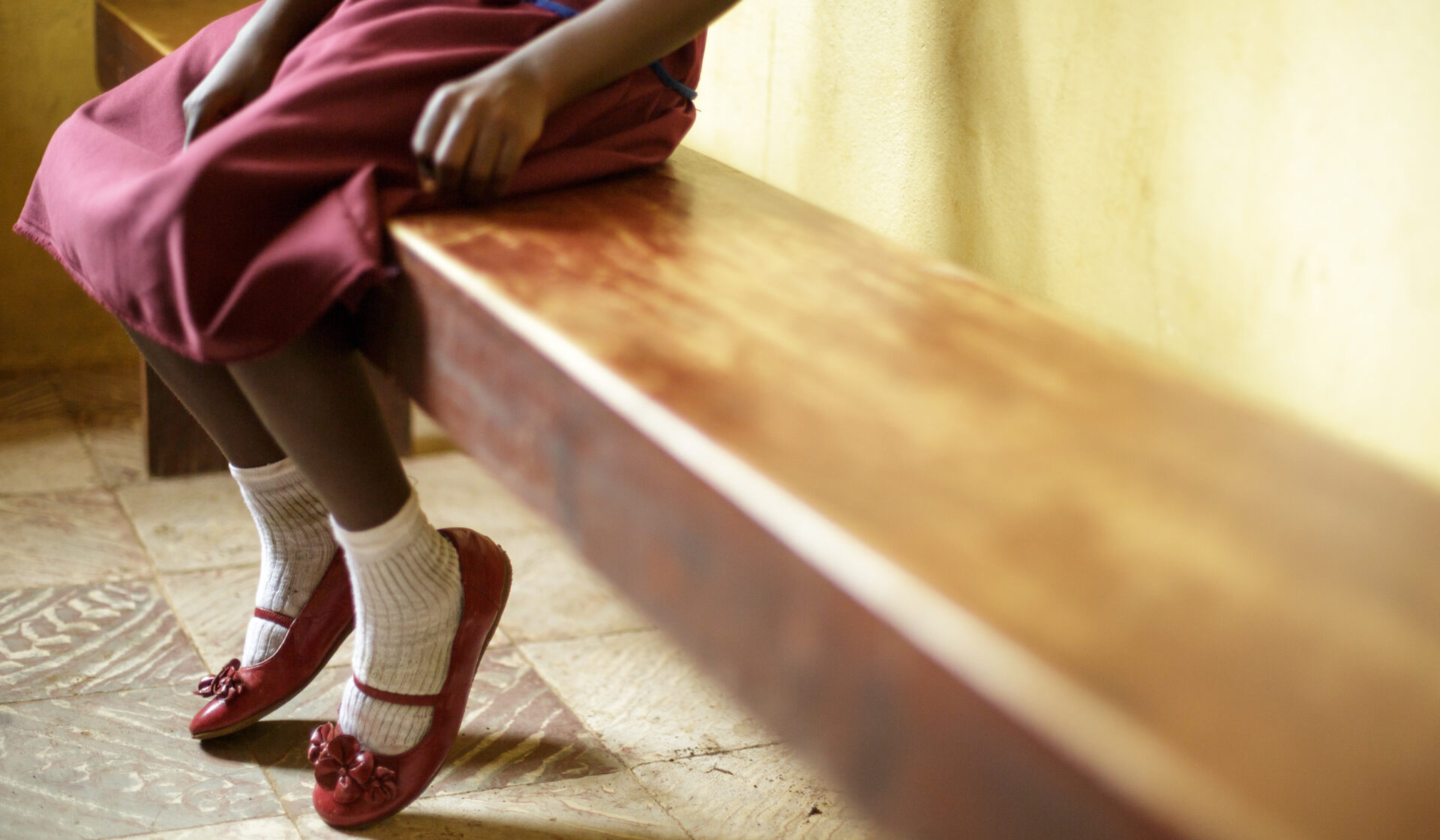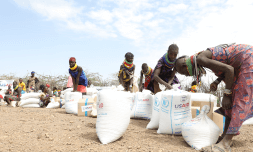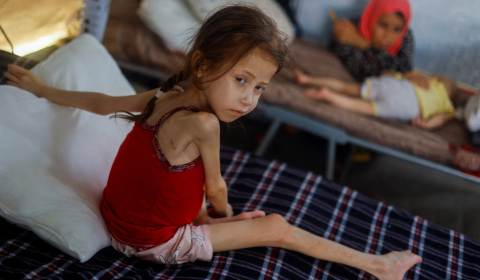According to recent data released by UNICEF, the number of women and girls who have undergone female genital mutilation has increased by 15 per cent in the past eight years, showing that the pace of progress remains woefully off track to meet the SDG of ending the practice by 2030.
More than 230 million women and girls around the world have now undergone female genital mutilation (FGM), according to a new report issued on Friday by the United Nations children’s agency, UNICEF.
The (almost) universally condemned procedure – which involves the partial or total removal of the external genitalia for non-medical reasons – is traditionally carried out to dictate proof of sexual purity and often performed by ‘healers’ or untrained midwives using razors, broken glass, or knives.
It is extremely dangerous, and can lead to urinary tract infections, menstrual problems, decreased satisfaction during intimacy, childbirth complications, depression, low self-esteem, and post-traumatic stress disorder.
Causing lasting harm to female health, education, and future opportunities, FGM is a severe violation of human rights that is profoundly rooted in inequality as well as the male desire to control women’s bodies and, ultimately, their lives.
The increase of 15 per cent since the organisation’s last global estimate in 2016 (200 million) shows that the pace of progress remains woefully off track to meet the Sustainable Development Goal of ending the practice by the target date of 2030.
"Female genital mutilation harms girls' bodies, dims their futures, & endangers their lives.” @unicefchief
UNICEF is calling on leaders & communities to urgently invest, promote & prioritise girls' rights to end gender discrimination & inequality.https://t.co/wDbpaaH6t8
— UNICEF (@UNICEF) March 8, 2024
To do so by then, stresses UNICEF, campaign work needs to be happening 27 times faster than the current rate.
As explained by UNICEF executive director, Catherine Russell, the dramatic rise in cases is attributable to girls being cut at a younger age, as well as more girls being born in FGM-practising countries compared to the rest of the world.




















